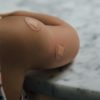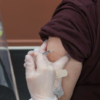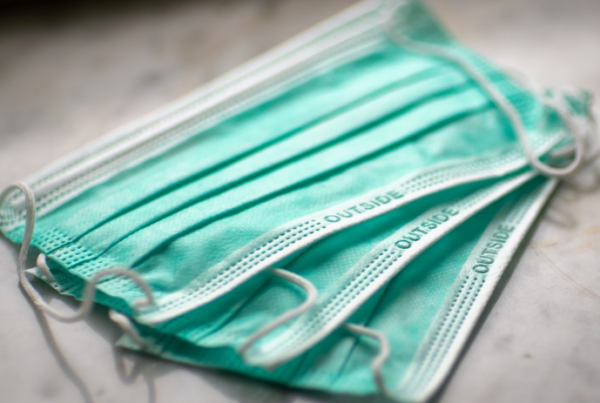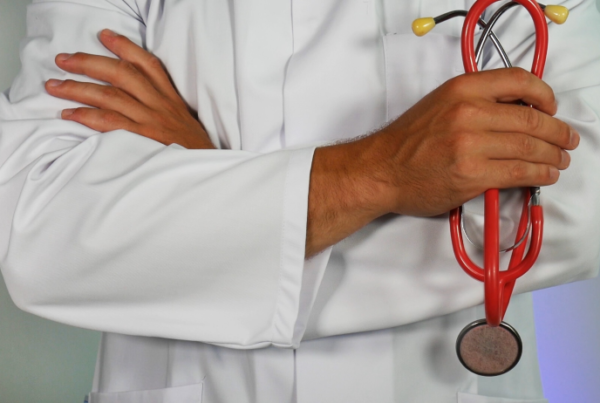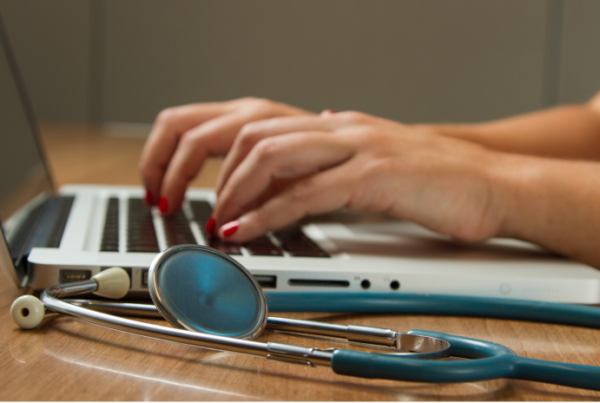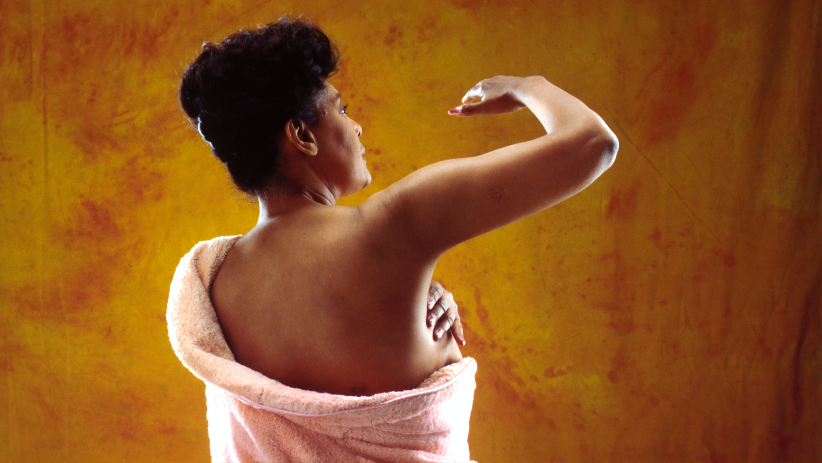
Women’s Health Week – Day 6
Each day this week we will be covering a different aspect of Women’s Health. Women’s Health Week is a great reminder to take time out to check on your own health and continue to make positive lifelong changes. Today we look at breast health.
Day 6 – Breast Health
Every woman’s breasts are different, and will change throughout her life. Often women will experience:
- Breast lumps
- Cysts
- Mastitis
- Painful breasts
It is important to know what is normal, how to check your breasts, and when to check with your doctor if something changes.
Common breast health conditions and what to do
Painful breasts (mastalgia)
Breast pain is the most common breast issue women experience. It can be caused by a number of things, including menstrual cycle and menopause. It is important to speak to your doctor if you experience unusual breast pain, however there are a few things you can do at home to help:
- Applying a heat pack or ice pack
- Wearing a supportive bra if comfortable
- Reduce caffeine, salt and fat intake
- Relaxation
Breast lumps and cysts
It is normal for breast tissue to feel lumpy. However, it is important to regularly check your breasts for lumps that don’t feel normal, and consult your doctor if your feel any changes.
Inflammation of the breasts (Mastitis)
Mastitis causes redness, heat, lumpiness and pain in the breast tissue. It is usually caused by an infection during breastfeeding, however can occur due to an infection in a blocked breast duct. Treatment of antibiotics should be started immediately to prevent abscesses from forming.
When to see your doctor
It is recommended to speak to your doctor about any changes you notice, however particular care should be taken with:
- new lumps or lumpiness
- changes in the shape or colour of your breast or nipple
- discharge from your nipple
- puckering or dimpling of breast skin
- any persistent breast pain
- any persistent nipple or breast itching or rash.
Being familiar with how your breasts look and feel is important. By checking your breasts regularly, any changes can be found early. There is no right or wrong way to check your breasts – looking at and feeling your breasts regularly, wherever you feel comfortable. Remember to check all parts of your breast, your armpits and up to your collarbone.
If you have any questions about breast health, our team of GPs can provide you with the help you need. To make an appointment, call our friendly team on (02) 9241 1577, or click here.
Check back tomorrow for our next topic – Health checks.
Resources
https://www.jeanhailes.org.au/health-a-z/breast-health
https://www.cancer.org.au/cancer-information/types-of-cancer/breast-cancer


